How to Create a Lead Magnet That Customers Can’t Ignore

Franco Brutti
How to create a lead magnet?: When the majority of visitors land on your website or social media channels, the chances are they’re not ready to buy your product.
They could have arrived via an affiliate link, a Google search query, or a recommendation from a friend or colleague. Whichever route they took, they’re likely just curious about who you are, what you offer, and what you’re about.
A fact-finding mission.
So no matter how much you throw your product or service at them, in that particular moment, they’re highly unlikely to convert.
They’re just not ready.
So, what should you do? How can you go about converting organic site visits into paying customers?
The answer: lead magnets.
One thing we noticed after speaking to students is just how much confusion there is surrounding the subject. What constitutes a lead magnet? How do you create one? Do they fall under the responsibility of the marketing team?
Figuring our students weren’t the only ones with a few lingering questions to be answered, I decided to put this article together in an attempt to answer them.
This includes:
What is a lead magnet?
How do I create a lead magnet?
What is a good example of a lead magnet?
What tools do I need?
How can I optimize its performance?
Let’s get started!
What is a Lead Magnet?
At its core…
“A lead magnet is anything that incentivizes potential customers to part with their contact information, typically an email address.”
Generally, this comes in the form of high-quality, downloadable content such as eBooks, .pdf files, free templates, checklists, walkthroughs, teaser classes, etc. - essentially anything that readers deem interesting enough to offer their email up in exchange.
Why are Lead Magnets Important?
Lead magnets are your best bet in building out and compiling a high-quality email list.
And despite the various marketing channels now available to businesses, email marketing remains one of the most (if not THE most) cost-effective of them all.
Consider that, for every $1 you spend on email marketing you can expect an average return of $42. That’s a ridiculously high ROI!
As we briefly touched upon earlier, not everybody is ready to purchase the first time they visit your website. Particularly if it involves a complex sales process or buying a high-ticket item.
By obtaining a prospect’s email address you can reach out and nurture them with relevant, helpful, and high-quality content so that when they are ready, your brand will almost certainly be top of mind.
A great way to get your head around it is to think of the food courts at a shopping mall.
Occasionally, you’ll see one of the restaurant chains offering samples of a popular dish.
The hope is, that after trying said sample you’ll like it, and head over to the counter and buy the whole thing.
Think of this small sample as your lead magnet.
When prospects hand over their email addresses, they do so in exchange for a taste of what your product or service offers.
If they like it (and see the inherent value inside) they’ll come back when they’re ready and buy.
Of course, the keyword here is “if” they like it…which is why your lead magnet must offer readers something well worth their time in return.
Lead Magnet Ideas (with examples)
As promised, I’ll run through some of the most popular lead magnet ideas you can implement to grow your email marketing lists.
eBook
Ebooks are typically long-form pieces of evergreen content (think “how-to guides”) consisting of several digital "pages" that readers can flick through, often served as a .pdf.
Unfortunately, what was once the gold standard of lead magnets has been steadily diluted over the years.
Companies simply merged a couple of blog posts together, converted them into a .pdf, and stamped “eBook” on the cover.
😌
That said, there’s still value to be had from creating a high-quality, evergreen eBook that offers readers genuine value.
A great example that comes to mind (if you can manage to find a copy of it online) is The Advanced Guide To Content Marketing by Neil Patel and Kathryn Aragon.
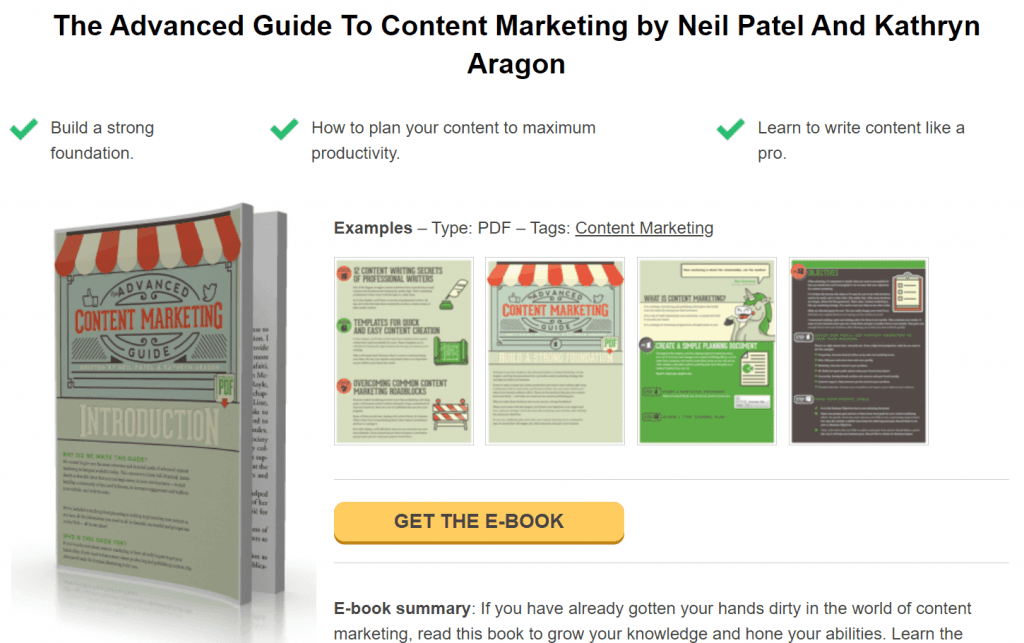
This thing was absolutely massive!
If my memory is correct, it was somewhere between 250-260 pages long (around 12 chapters) and was jam-packed full of advice, templates, tools, as well as a step-by-step process.
You could literally follow it, page by page, and within a month have built a structured digital content strategy from scratch.
It’s one of the best lead magnets I’ve ever come across to date.
Now, I’m not saying have to produce a piece of this magnitude for your eBook to work, but I simply want to highlight why offering something of such quality is so important for this strategy to work.
Notice how I’m still talking about this eBook all these years later!
Also, despite what I said earlier, eBooks can still be highly effective lead generation tools (largely depending on your industry). They just need to be pretty darn good if you hope to have any long-term success with them, so keep that in mind if thinking of adding one to your content strategy.
p.s. if you do manage to find a copy of Neil Patel’s content guide, please, feel free to share it with me in the comment section below..
Checklist
Readers love easy-to-follow, nicely packaged content - something a checklist is doubly good at.
They are best used when outlining a step-by-step process for completing something.
For example, think of one of Ikea’s videos that guide you through the frustrating process of mounting one of their products with nothing but an Allen key…
A slightly different example is the 6000 word+ blog post checklist we put together (it’s not gated, so you can access it without having to part with your email 😉).
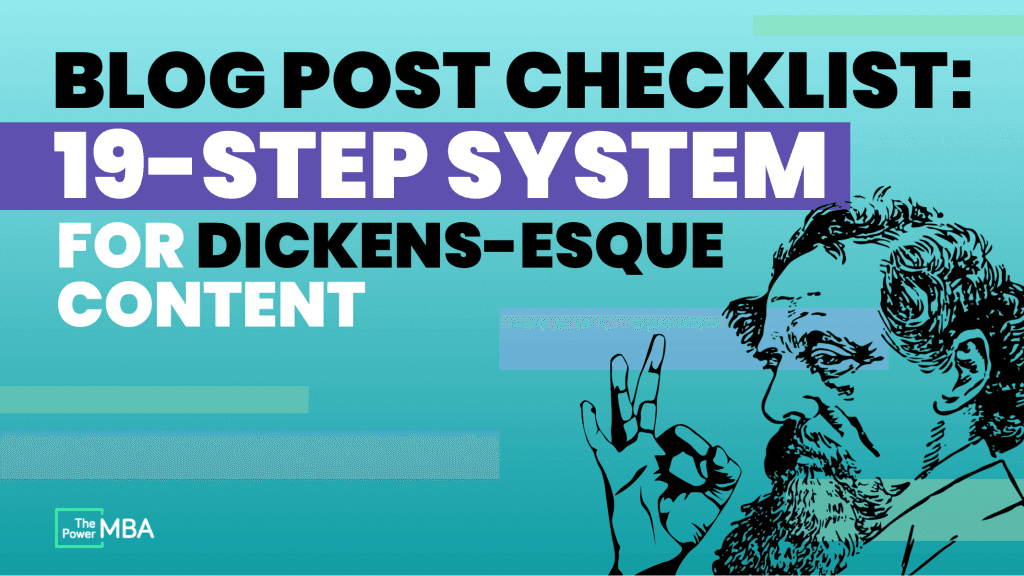
While we opted to pursue search traffic with this post (hence it not being gated) it still offers enough value to readers that you could convert into a .pdf and offer in exchange for a business email.
Templates
Templates offer an incredible amount of value at a significantly reduced cost (in terms of hours) on the part of businesses.
They’re typically single-page documents that can be downloaded by readers to help them perform a specific task.
They work best when paired with a related piece of content. For example, we created several accompanying templates in our Business Model Canvas and Blue Ocean Strategy guides:
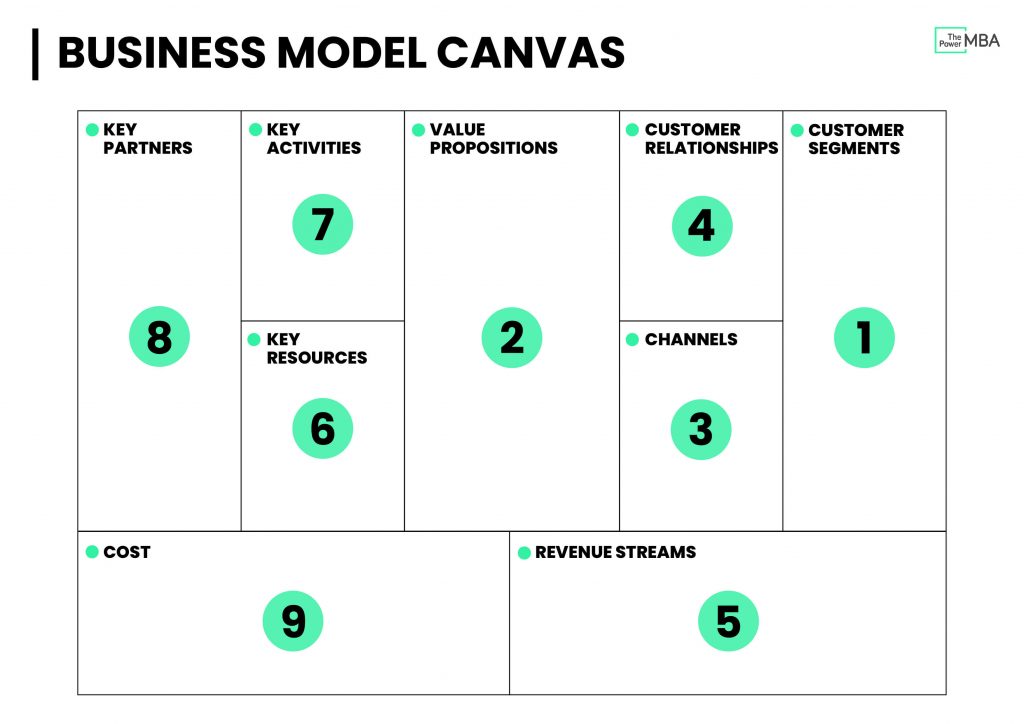
An example template for conducting a Business Model Canvas analysis
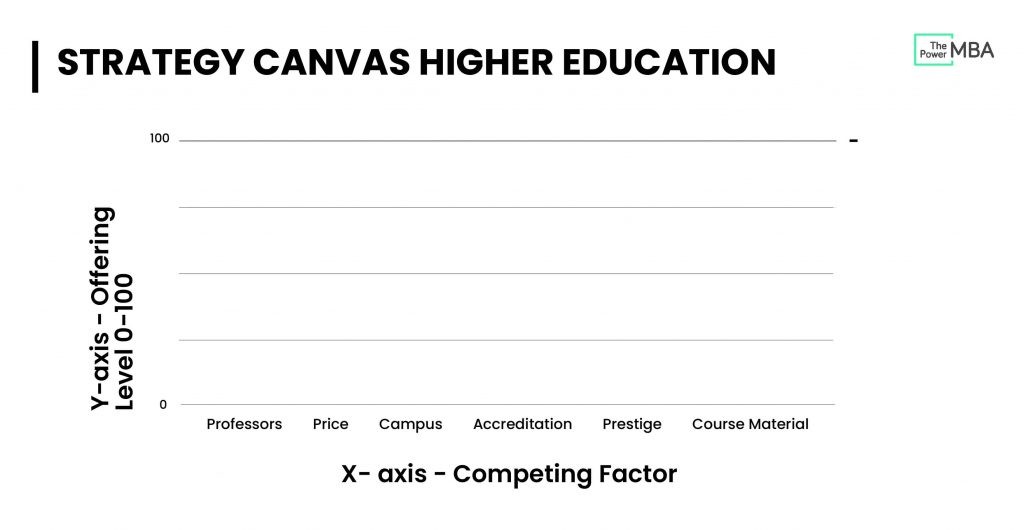
An example Template for building a Blue Ocean Strategy Canvas
Trying to carry out either of the aforementioned business analysis without a template would drive you mad. Hence they provide a lot of value to our readers with relatively little cost on our side.
Some other examples include:
Social Media Calendars
Facebook Ad layout
Menu plan (for restaurants)
Resume builder
Financial planner
These are just a handful off the top of my head, but the same concept can be applied to your customers/industry.
Discount Codes
People also love knowing they’re getting a good a nice discount on retail-priced products.
There’s just something about seeing that “% Off” or “-$30” that we can resist taking a quick look at, despite whether or not we’re genuinely interested in the product!
However, for a discount code to be effective, it still needs to be significant enough to encourage prospects to move forward and take action.
For example, Adidas offers a 15% discount to all new subscribers to their mailing list:

That seems like a fair deal in exchange for an email address, right?
It’s a particularly effective strategy for eCommerce.
Consider the fact that, after one purchase, customers have a 27% chance of returning to your store and making an additional purchase.
Now, if you thought that was good, then you’ll enjoy this next stat.
If you can get that customer to come back and make a second, third, or even fourth purchase they have a 54% chance of returning back to your store!
Webinar
Another great idea for a lead magnet is webinar registration.
Again, if you can deliver a lot of value around a topic your audience is interested in this can be a great option.
For example, we hosted an exclusive webinar with Maren Kate Donovan, the CEO, and Founder at AvraTalent.

Donovan showed out students how they could improve their personal branding, and went through exactly what recruiters are currently looking for in candidates.
Needless to say, it was a big hit and we received a lot of positive feedback from our student body on the back of it.
Why?
a) It covered a topic many of our students were keenly interested in.
b) Donovan is an expert in her field.
c) It was free.
What’s more, most webinar software includes built-in landing pages that can be customized and linked with your own marketing stack, making the lead generation process a tad smoother.
Free Tools
Have you ever come across Ubersuggest before?
If you’re involved with SEO I’m betting you have…but for those of you who don’t, it’s a free keyword research tool developed by Neil Patel.
It includes many of the features you’d find on the full-blooded industry-leading platforms such as Ahrefs and SEMrush, such as:
Keyword search volume.
Keyword difficulty (to rank).
Paid difficulty.
SERP results.
Related keywords.
Language options.
Not bad for a free tool, agreed?
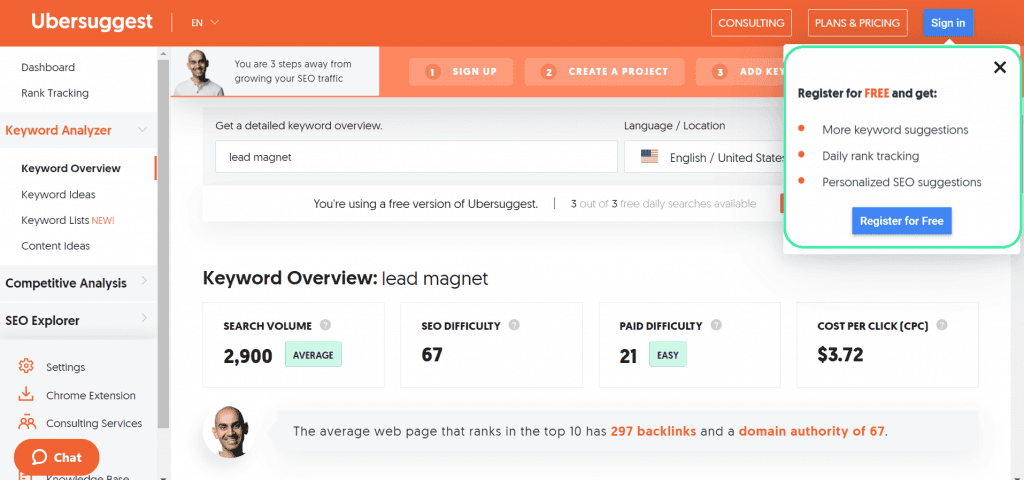
However, there is a catch.
Notice the lead capturing pop-up in the top right-hand corner?
Like all good lead magnets, Patel’s tool offers you a taster of how the product looks and feels. If you want to access more features, well, how about you hand over that email address 😉.
How to Create a Lead Magnet
Hopefully, you were able to get the creative juices flowing from some of the lead magnet ideas above.
If so, you’re going to want to know how to create one for yourself!
Well, you’re in luck.
Step #1 - Choose Your Target Audience
“Cast your net too wide, and you’ll only end up catching sprats...” at least I think that’s how the saying goes...
Regardless, the point is that before working on your lead magnet you must have a clear idea of who it is targeted and why.
Or in other words, which buyer persona are you hoping to attract?
Because if you “cast the net too wide” and try to target your lead magnet at every possible prospect, the message won’t resonate. People won’t engage with your content.
So remember to keep it hyper-focused to a single specific target audience.
This brings us nicely onto step #2.
Step #2 - Solve A Problem
Once your buyer persona has been decided upon, it’s time to get your thinking caps on and answer the following question:
“How can you help this specific target audience solve a current problem?”
For example, if you’re buyer persona is a social media manager, then a potential problem they face is a lack of time (and perhaps knowledge) to create a yearly content calendar.
Bingo!
There’s an idea for a lead magnet.
Or another example could be an amateur long-distance athlete looking for a training plan for a first-time Ironman.
Bingo!
Another potential lead magnet idea.
Beginning to see a trend?
Your prospects need a compelling reason to engage with your lead magnet and exchange it for their contact information. Creating content that solves a common problem they face is going to immediately pique their interest.
Step #3 - Choose Your Lead Magnet
Once you’ve:
a) settled on a buyer persona
b) identified a problem you’re in a great position to solve
It’s time to narrow in on which type of lead magnet you are going to create.
There should be enough ideas listed for you above to get started, but don’t be afraid to think outside the box!
It doesn’t have to be an eBook or set of templates, it can literally be anything that offers value to your target audience.
Step #4 - Create Your Lead Magnet
It’s time to take the gloves off and make this lead magnet!
Now, I won't go into too much detail here regarding the process as it will of course depend entirely on the type of lead magnet you’re creating.
However, regardless of the type of content you’re putting together you should keep this one thing in mind…
Who you are making it for and why.
This will ensure that the design, copy, and layout combine seamlessly toward the same end goal - offering value to your prospects.
Also, aside from the core content offering, you’ll need to create a:
Contact Form: Typically where prospects will leave their name, email address, industry, etc.
Thank-you page: This is the page prospects will see once they’ve left their information, download an eBook, signed up for free classes, etc.
Delivery email: This email confirms that the promised lead magnet has been sent.
Step #5 - Promotion
Now that the hard work’s been done, it’s time to spread the word of this magnificent new content piece!
Pin it everywhere you can - at the top of your social media channels, in paid advertising campaigns, embedded within relevant blog posts, etc.
Remember, the more people that see it, the more opportunities you have at building out your email marketing list
Here are some additional ideas of where you could promote your lead magnet:
Paid social media advertising
LinkedIn and Facebook groups
Staff social media profiles
Email signature
Blog (pop-up)
Gift for listeners at a webinar
Networking groups
Home page
Lead Magnet Final Takeaway
If you've made it down this far, congrats!
Hopefully, you've found our list of effective lead magnet ideas a great starting point from which to start building your own original content.
If there's one thing we'd like you to take from this article when it comes to lead magnets (if we hadn't made it clear already) is quality.
The key to any content's success is offering real value to customers. Whether it's through an eBook, free tool, or taster service, make sure you're delivering on that.
Do so, and you should have no problems at all building out that email marketing list.
Looking for something specific?






